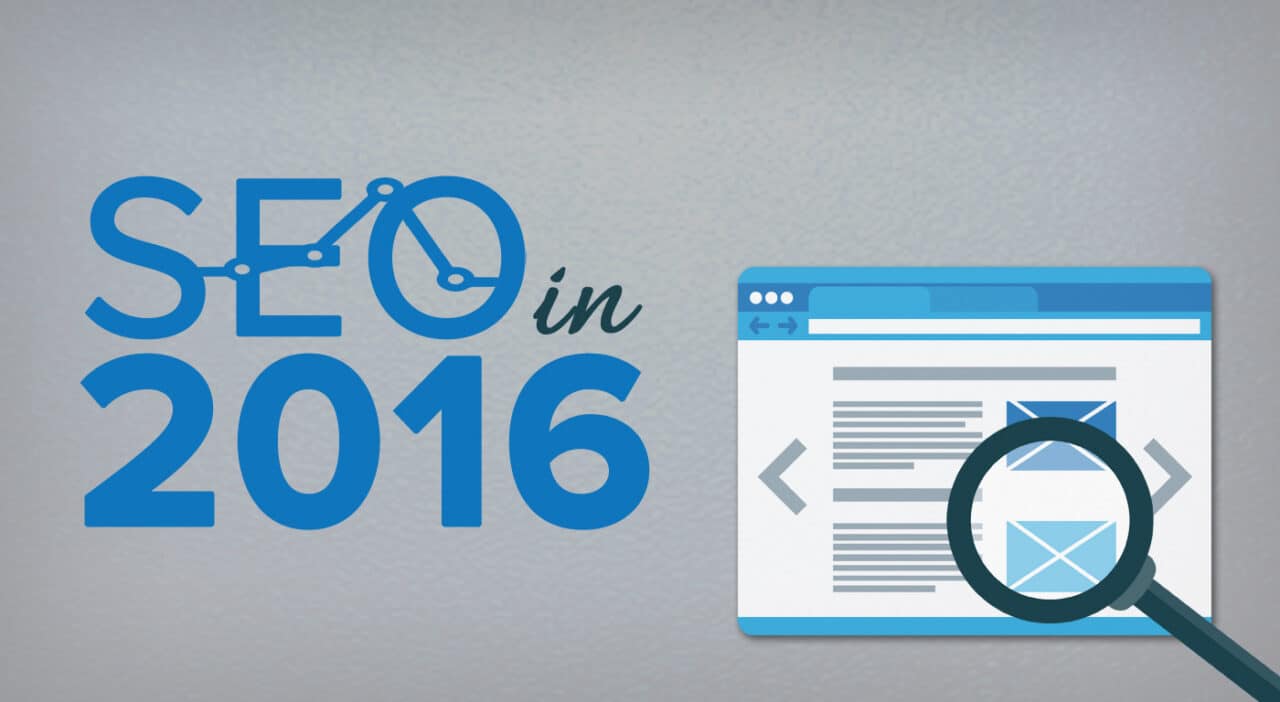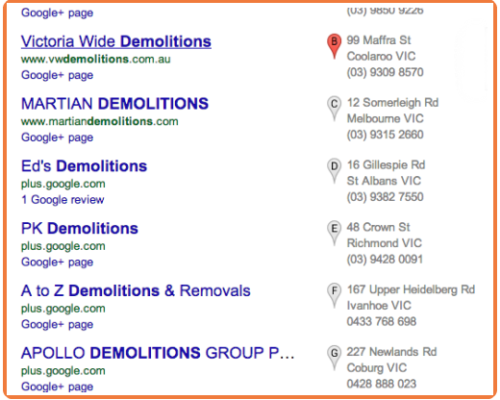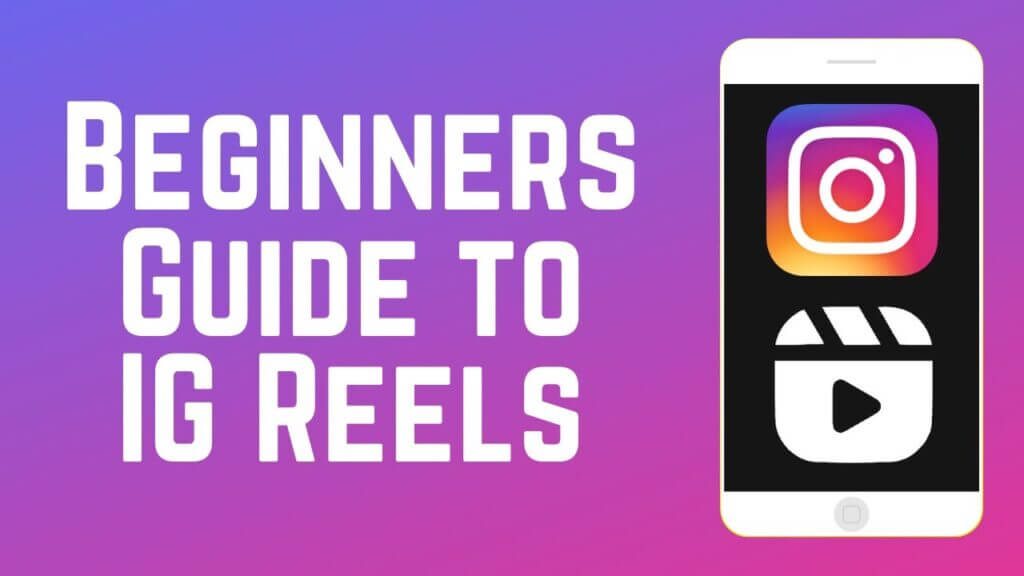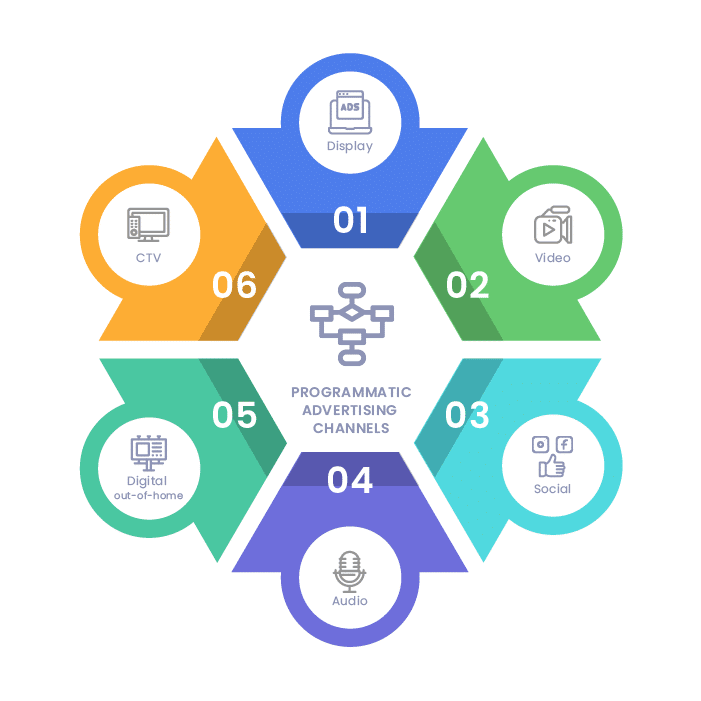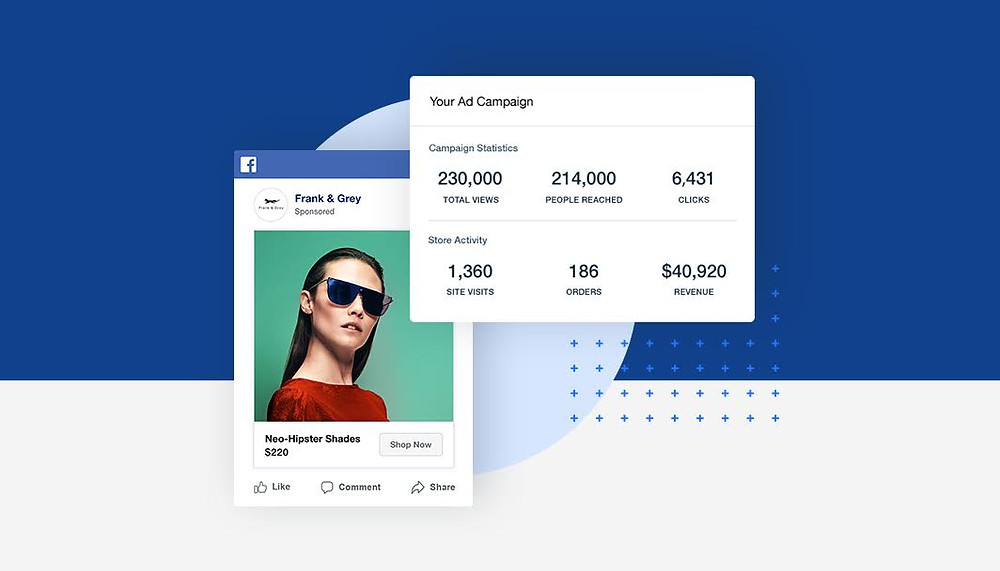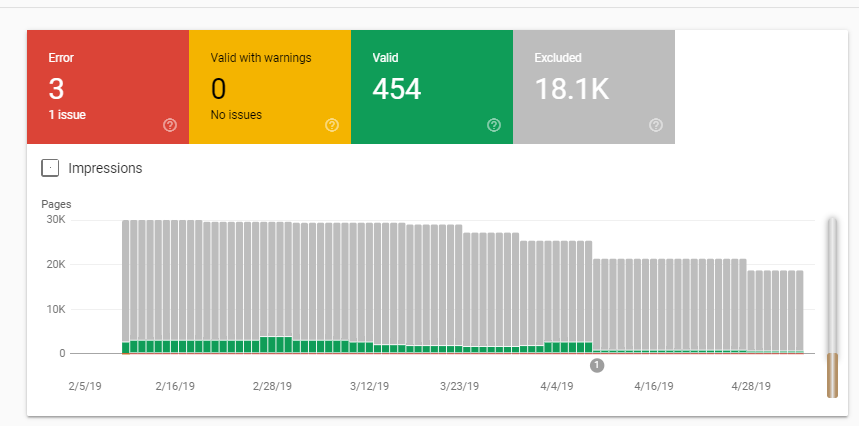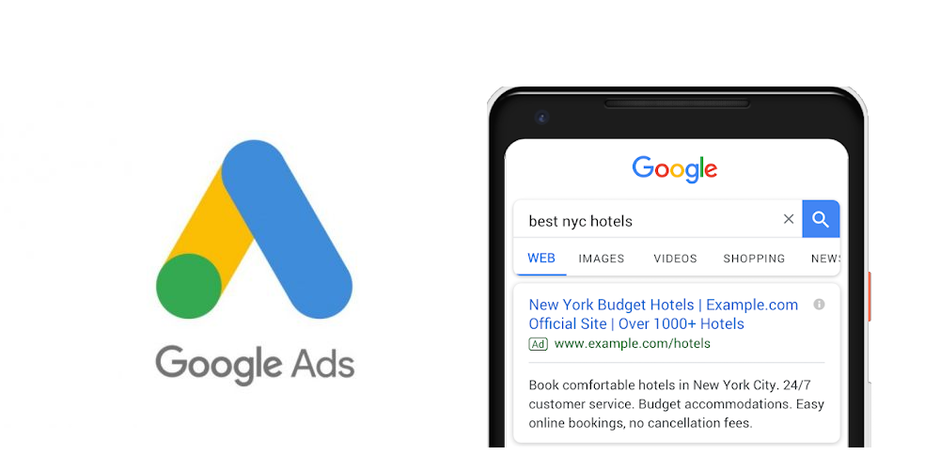Now that we are deep into 2016, and as professionals in the world of SEO, we know what is going to unfold this year when it comes to a business’ favorite online marketing technique. We understand what will happen and have lined up five trends that might change and alter SEO in 2016.
Mobile-Friendly sites are vital.
This should not come as a surprise. Mobile internet usage boomed in 2015 and will continue in the new year. Therefore websites must have their own “mobile” friendly sites to ensure customers and users have easy navigation and conversions. Not having one will cost you and your business more than you think.
Local Search is going to dominate.
Linking back to mobile searches and the boom of mobile searches, expect local searches to hit new heights this year. People were already searching the internet around their areas for all their search preferences, and this trend will continue in 2016. There is a fix now for individuals staying local, and it is vital that websites can provide that service or reach out to these areas.
Google’s Penguin Update.
Google’s most well-known algorithm update is back after a four-year hiatus. Initially launched to combat bad link building and “black hat” tactics to boost site rankings, the search engine giant is bringing it back for another clearout. Except for this time, it will be “real-time updates.” This means that sites won’t have to wait for months for Google to recognize these negative tactics. You’ll get caught out now faster than ever.
Voice Updates.
Voice searches are perhaps the most significant influence in SEO Agency Melbourne this year. Everyone from business owners to marketers must be prepared for the high use of audio commands, courtesy of Siri and Google Now. People are beginning to rely heavily on these features due to their simplicity and quick-fire effectiveness. Therefore, businesses must be prepared that users will use more conversational tones than formal ones. You will have to think about how people are going to speak now and how they will ask for information.
Questions, Questions.
Notice that when you begin typing a question in Google’s search bar, it has already come up. That is because people nowadays are asking more questions in searches than mere keywords. Therefore, curving your search engine marketing to focus more on questions than simply keywords will take up a lot of time but also be extremely important.


